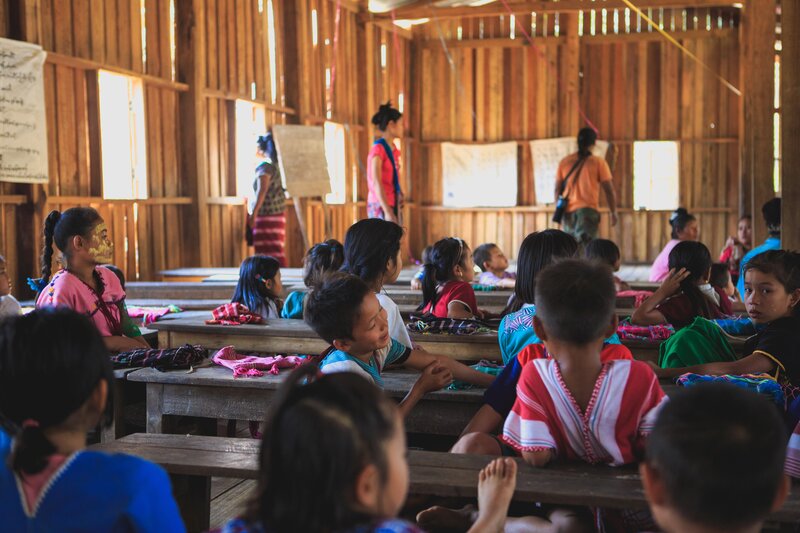7 Barriers to Education for Children in Developing Countries

Children living in developing countries often face a range of barriers to education that can hinder their academic success and future prospects. Here are seven of the most common barriers:
1)Lack of access to quality education: They may attend underfunded, understaffed, or poorly resourced schools that lack the resources to provide quality education.
2)Limited access to technology: Many children do not have access to computers, tablets, or the internet, which can make it difficult for them to complete homework assignments, research projects, or access online learning resources.
3)Unstable home environment: They are more likely to experience family instability which can disrupt their schooling and affect their academic performance.
4)Poor health: Health problems such as malnutrition, chronic illness, or lack of access to healthcare can affect their ability to concentrate and learn in school.
5)Insufficient support from parents or guardians: parents or guardians are often unable to provide the necessary support for their education due to financial or other constraints.
6)Limited exposure to enrichment activities: Fewer opportunities to participate in extracurricular activities such as sports, music, or summer camps, which can help them develop important skills and interests.
7)Lack of training and resources: teachers and staff at the school not having had the training and the resources needed to help children learn effectively.
It is important for educators and policymakers to be aware of these barriers and to work to address them in order to provide equal opportunities for all children to succeed academically and reach their full potential.

Leave a Reply